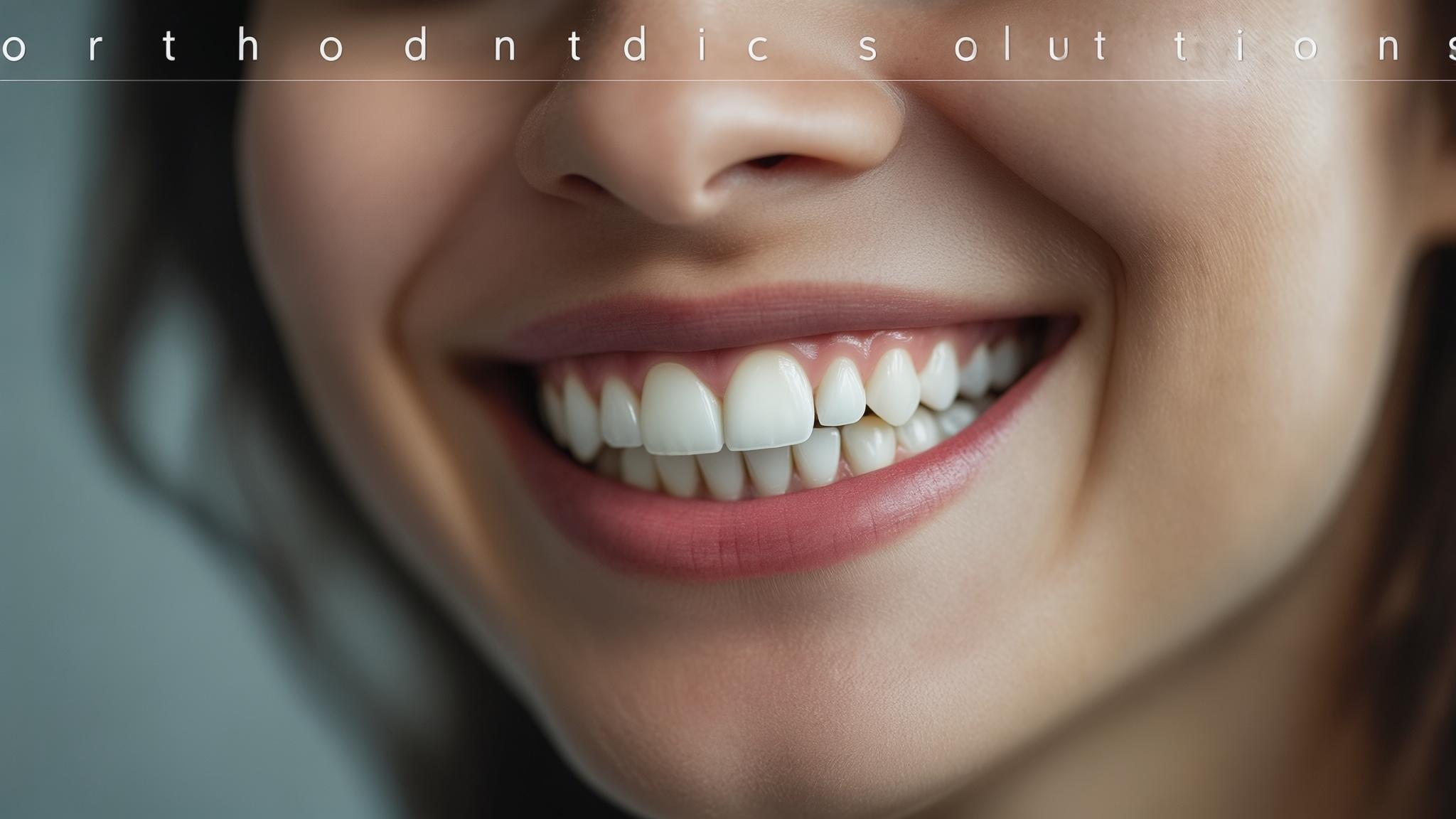What is Cosmetic Dentistry?
Cosmetic dentistry involves dental procedures aimed at improving the appearance of your teeth and smile. While traditional dentistry focuses on oral hygiene and preventing, diagnosing, and treating oral disease, cosmetic dentistry is more about enhancing dental aesthetics in color, position, shape, size, alignment, and overall smile appearance.
Addressing crooked teeth is important not only for aesthetics but also for oral health. Crooked teeth can lead to difficulties in cleaning, which may increase the risk of cavities and gum disease. This article explores alternatives to braces for minor misalignments, offering insights into how cosmetic dentistry can help.
Understanding Crooked Teeth
Crooked teeth can result from various factors:
- Genetics: Just like eye color and height, the alignment of your teeth can be inherited from your parents.
- Early Loss of Baby Teeth: Losing baby teeth prematurely can cause adult teeth to grow in improperly.
- Thumb Sucking or Prolonged Pacifier Use: These habits can affect the positioning of teeth and jaw alignment.
- Jaw Size and Alignment Issues: Discrepancies in jaw size can lead to crowding or spacing issues.
Crooked teeth can impact both oral health and aesthetics. They can make cleaning difficult, leading to plaque accumulation, cavities, and gum disease. Additionally, they can affect self-esteem and social interactions, as many people feel self-conscious about their smiles.
Traditional Orthodontic Solutions
Braces are a common solution for correcting severe misalignments. They come in various types:
- Metal Braces: The most traditional, using metal brackets and wires.
- Ceramic Braces: Similar to metal braces but less noticeable.
- Lingual Braces: Placed behind the teeth, hidden from view.
While braces are effective for severe misalignments, they come with limitations such as long treatment durations and discomfort. Many people also have aesthetic concerns about wearing braces.
Cosmetic Dentistry Alternatives to Braces
Dental Veneers
Dental Veneers are thin shells made of porcelain or composite resin that cover the front surface of the teeth. They are ideal for minor misalignments, offering a quick aesthetic fix. However, veneers require some removal of enamel and may not be suitable for everyone.
Dental Bonding
Dental Bonding involves applying a tooth-colored resin to the teeth and shaping it to correct minor crookedness. It is less invasive than veneers and can be completed in one visit, but it may not be as durable and requires careful maintenance.
Clear Aligners
Clear Aligners, like Invisalign, are transparent trays that fit over the teeth to gradually move them into the desired position. They are more comfortable and aesthetically pleasing compared to traditional braces, making them suitable for minor misalignments.
Contouring and Reshaping
Contouring and Reshaping involves removing small amounts of tooth enamel to change the shape, length, or surface of the teeth. This is a quick and painless procedure ideal for minor adjustments but may not be applicable for significant misalignments.
Factors to Consider When Choosing a Cosmetic Solution
When deciding on a cosmetic solution, consider:
- Severity of Misalignment: Some treatments are only suitable for minor issues.
- Desired Aesthetic Outcomes: Different procedures offer varying results.
- Budget and Insurance: Costs can vary widely, and not all treatments are covered by insurance.
- Time Commitment: Some solutions require more time than others.
Consultation with a Cosmetic Dentist
A professional evaluation is crucial to determine the most suitable treatment. During a consultation, expect to discuss your goals, examine your dental health, and explore options. Be sure to ask questions about the procedures, costs, and expected outcomes.
Conclusion
Cosmetic dentistry offers a range of options for fixing crooked teeth, especially for those seeking alternatives to traditional braces. These solutions can enhance your smile and boost your confidence. Always consider professional advice to choose the best path for your oral health and aesthetic desires.
References
- American Academy of Cosmetic Dentistry
- American Dental Association
- Studies on the effectiveness of cosmetic dentistry treatments are available through dental journals and online databases.

